Red sculptures appeared in Berlin for the fall of the wall
The French artist James Colomina, well known in the street art scene, has come to Berlin to spontaneously install two of his vermilion life-size sculptures.
One sculpture of his series “the children of hope” was installed at the East Side Gallery, which is a memorial for the Berlin Wall since 2009. In commemoration of the fall of the Berlin Wall on November 9, 1989, a sculpture of a 7-year-old girl named Mandy climbs over the wall with her teddy bear and symbolically escapes to the West Side, towards freedom, in search of a better world and happiness. Symbolizing freedom, openness, innocence and spontaneity, this sculpture installed on the former Berlin Wall is a powerful image that will surely be remembered.
But one sculpture was not enough for James Colomina, so he placed a second one in the German capital, this time on a bridge pier of the U2 subway line. It depicts a 10-year-old sitting child wearing a gas mask. The mask is a reference to our contemporary society, which can be oppressive at times, recalling the current Corona crisis, as well as the problem of isolation and air pollution. And the place, this pillar without capital, is as if made for Colomina’s sculpture.
James Colomina, Child with mask, Bülowstrasse Berlin, 2021 ©Kevin S James Colomina, Child with mask, Bülowstrasse Berlin, 2021 ©Kevin S James Colomina, Child with mask, Bülowstrasse Berlin, 2021 ©Olivier Bac James Colomina, Child with mask, Bülowstrasse Berlin, 2021 ©Olivier Bac James Colomina, Child with mask, Bülowstrasse Berlin, 2021 ©Kevin S
James Colomina is a French sculptor and street artist who has left his resin sculptures in urban space several times in Paris, in his hometown of Toulouse, in Barcelona, in Switzerland, and in the United States in San Francisco, Los Angeles and New York. He does not hesitate to place his works on or in front of monuments, integrating them into an architecture to occupy the space and attract the eyes of passers-by. His naturalistic sculptures, composed mainly of body casts, stand out from the urban landscape with their garish red color and attract the eyes of passers-by.
Placed in public spaces to be seen by all, the artist’s works always carry messages about the human condition. The street artist explains the decision to depict especially children: “because they are the first to be affected by a tragedy and make society particularly sensitive to negative situations. With the representation of children you can convey a lot and everyone finds his own interpretation. Above all, children also represent the future, because they are the future adults.”
The sculptor always gives a title to his works on the street. “L’enfant au bonnet d’âne” (The child in the jester’s cap) is a recurring sculpture. It refers to the child wearing a jester’s cap who was put in the corner in the classroom when he made mistakes (an old French tradition). For the artist, it is a symbol of the outcasts who are excluded from society. Isolated, set aside, Colomina explains, “this child represents minorities, those who do not fit into pigeonholes, and for stigmatization in general,” such as the homeless. Colomina had the audacity to place a seated sculpture of French President Macron in front of a tent of homeless people in Paris on the first day of winter 2020 to draw attention to the plight of those in need.
In memory of the victims of the explosion accident of the fertilizer factory AZF of Toulouse in 2001, James Colomina placed one of his “Children of Hope” on the site in Toulouse in 2017 to honor the dead. Another sculpture in Paris this year, a little boy with a heavy helmet and teddy bear called “Les petits veilleurs” (The Little Guardians), denounces terrorism and pays tribute to its victims, such as those of the terrorist attack in Paris at the Bataclan in 2015.
James Colomina’s sculptural installations are always improvised, installed without permission, yet peaceful and never degrading. Through his human representations, his works allude to certain conditions of life and appeal to viewers. They raise questions of the past, the present and the future, while questioning the circumstances of being human today with a certain “corrosive” poetry. Moreover, they offer a new look at the urban environment, at architecture, because the added artworks, despite contrast, integrate beautifully in the places previously chosen by the artist and can fully unfold their effect.
Here in Berlin, Colomina celebrates with little Mandy the fall of the Wall 32 years ago, pays tribute to freedom and to the search of happiness, while he is bringing also to mind social, health and environmental dangers with the sculpture of the child with the gas mask.
1,202 views
Categories
Tags:



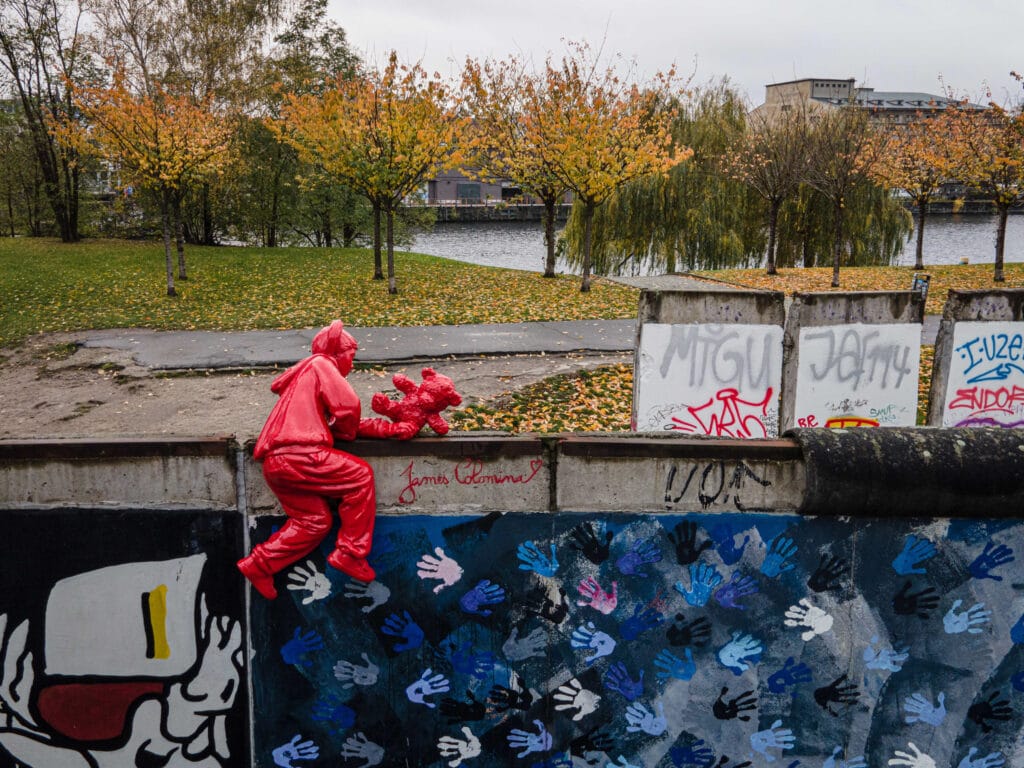


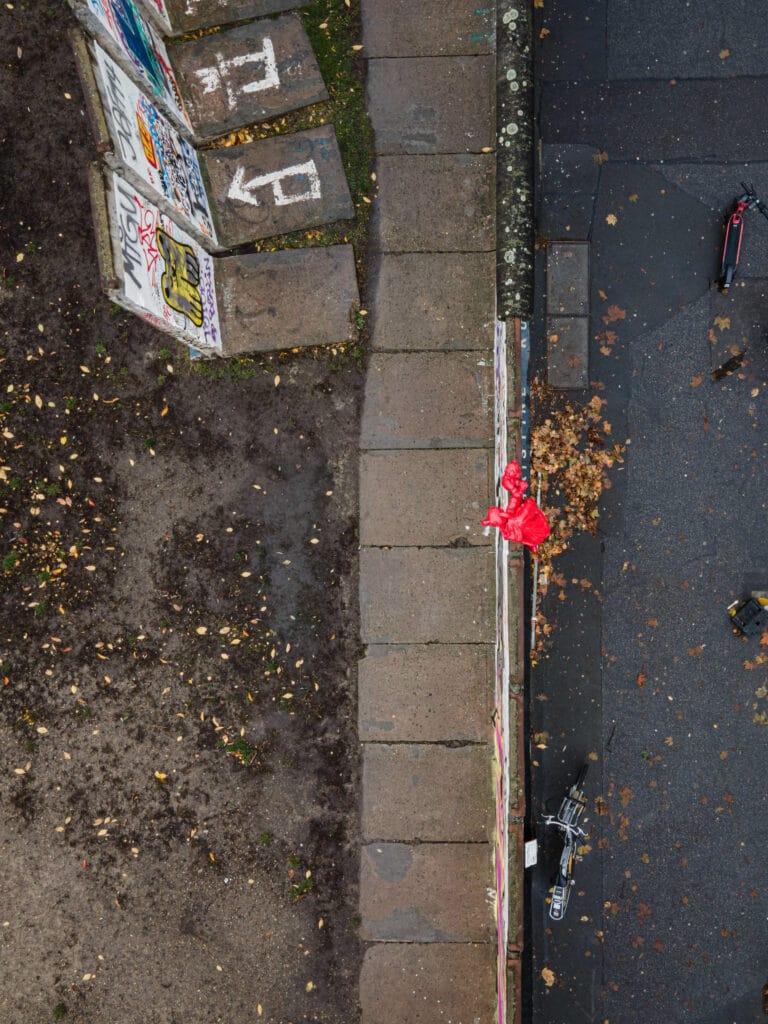

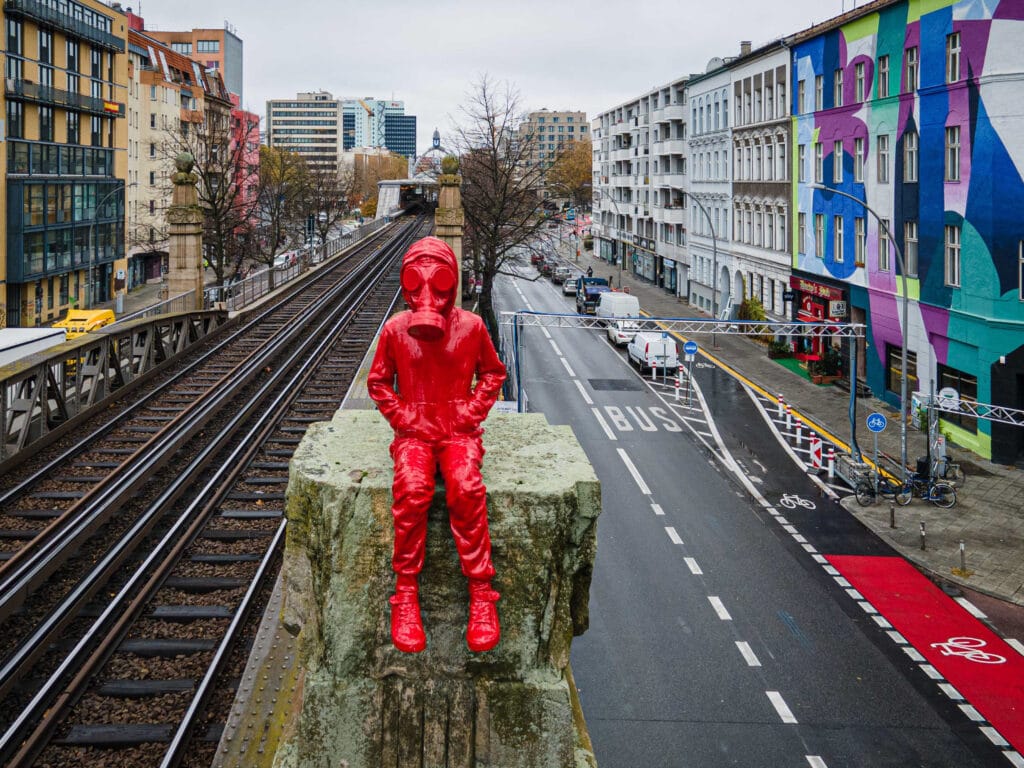


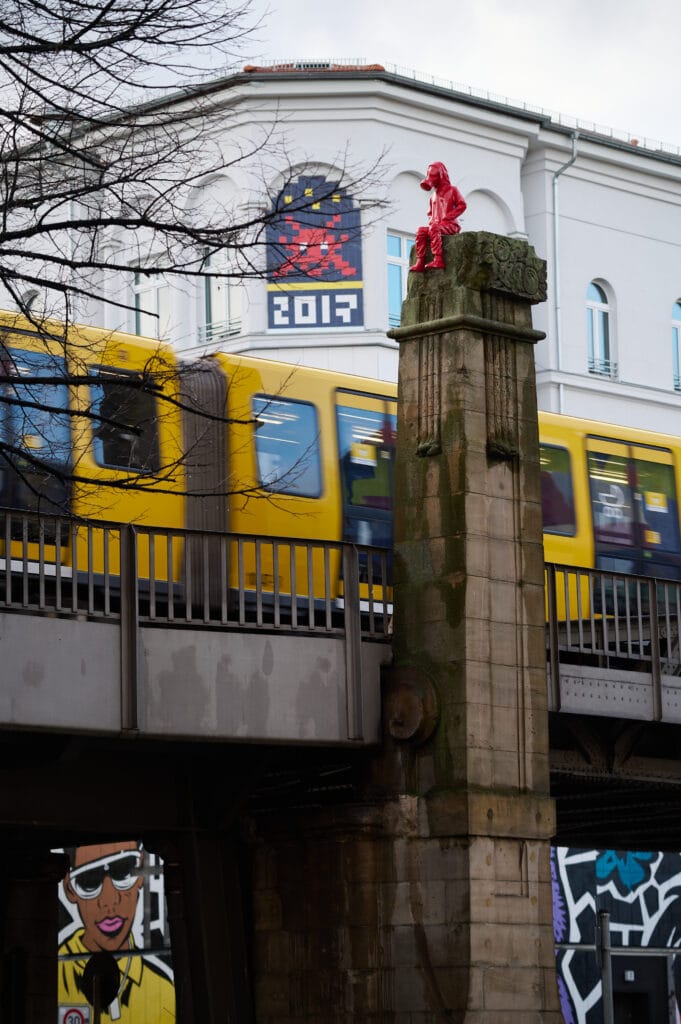



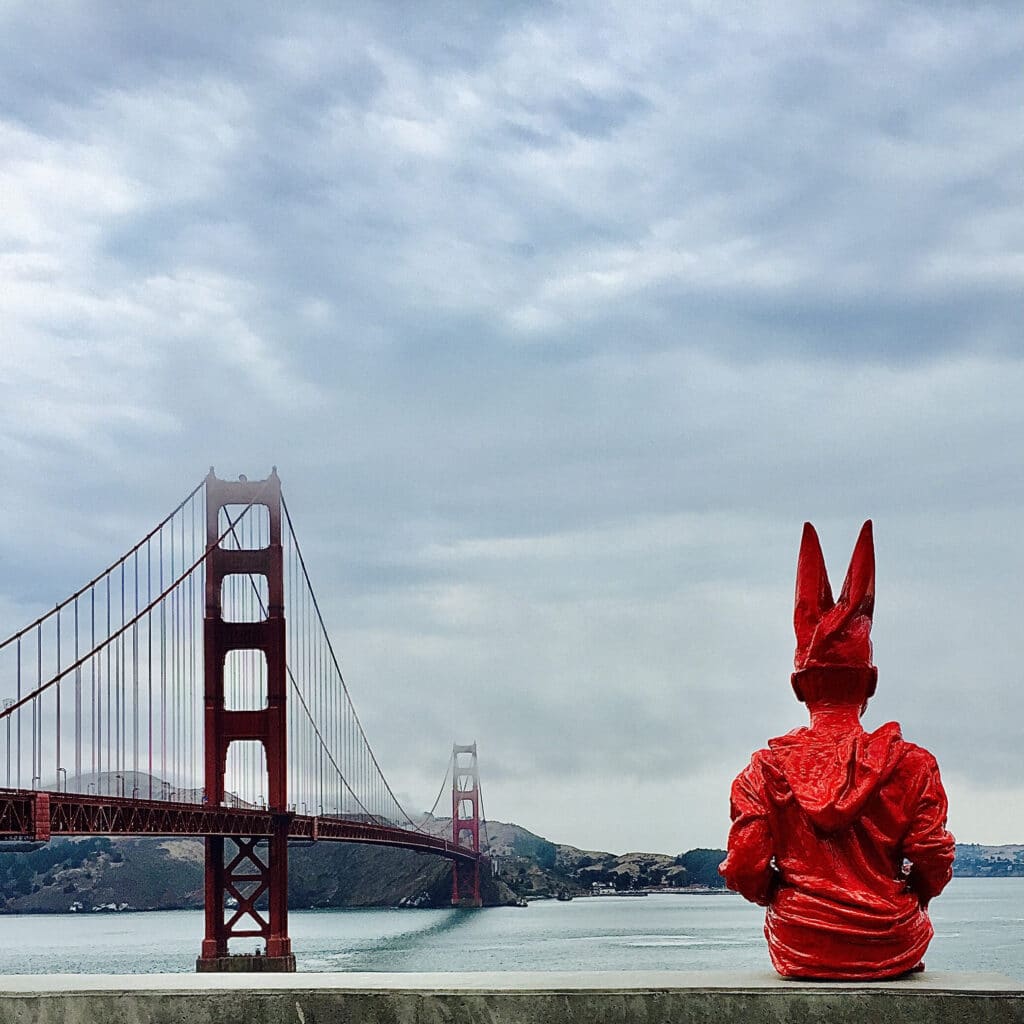

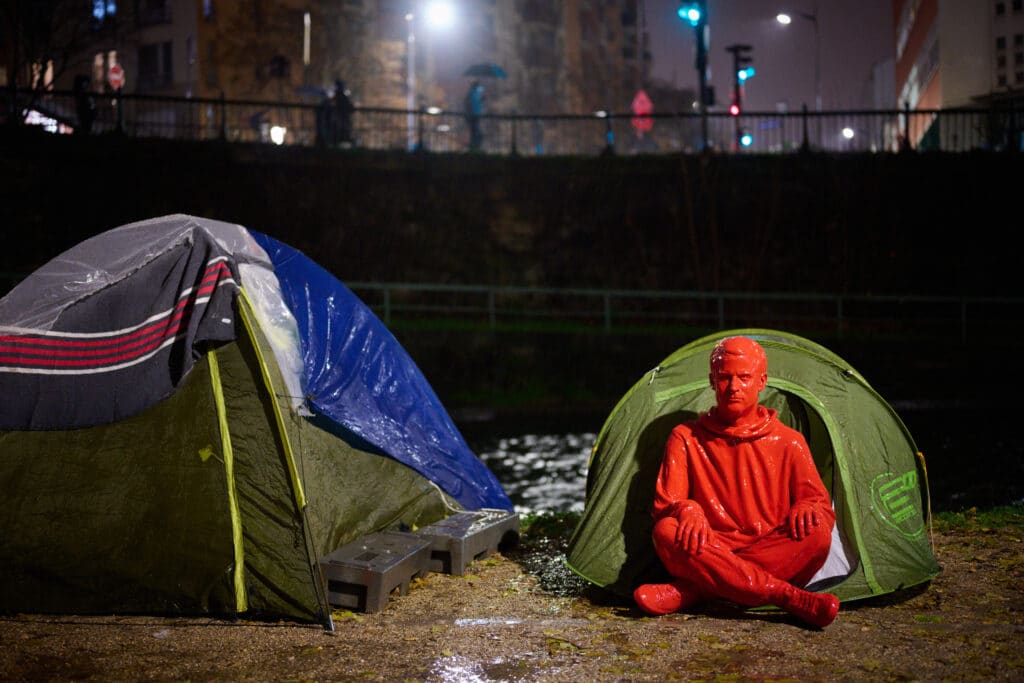
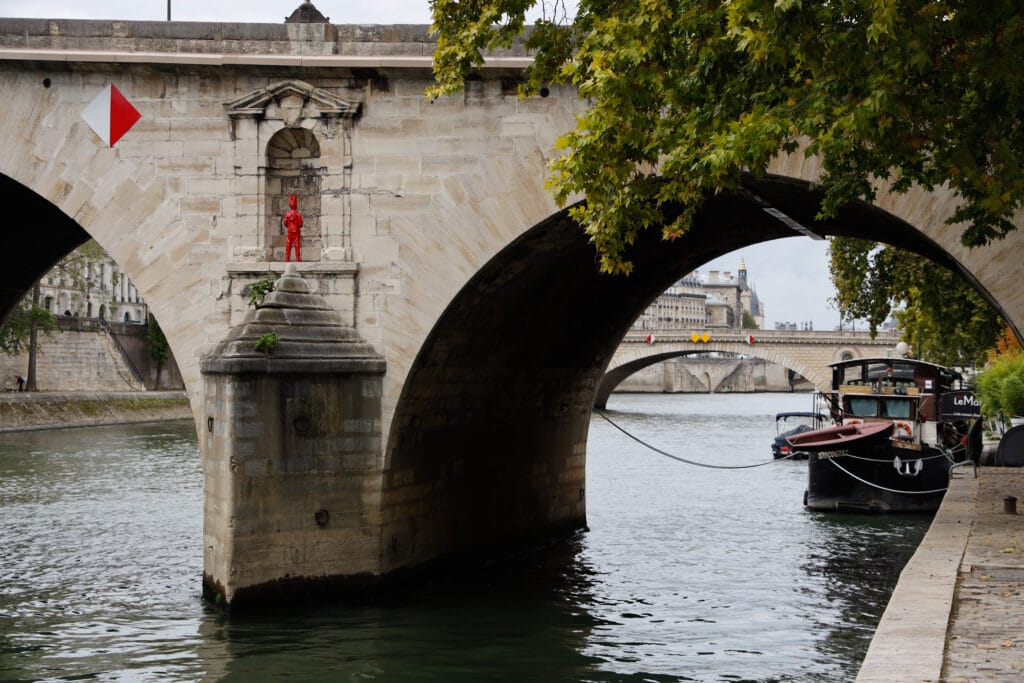



Leave a Reply